On both subset of Flickr-SoundNet, our proposed method outperforms current methods.

|
|
|
|
|
|
|
|
|
Code [GitHub] |
Paper [arXiv] |
Cite [BibTeX] |


Image Visualization

Video demos
(i) Audio retrieval
1. Query audio

Retrieved audios




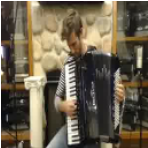
2. Query audio

Retrieved audios
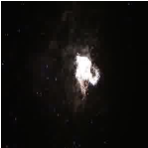




(ii) Audio-image cross-modal retrieval
1. Query audio

Retrieved images





2. Query audio

Retrieved images





3. Query audio

Retrieved images



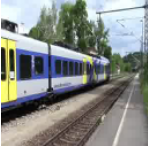
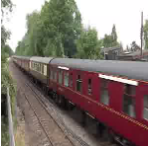
R1: Visual sound source localisation
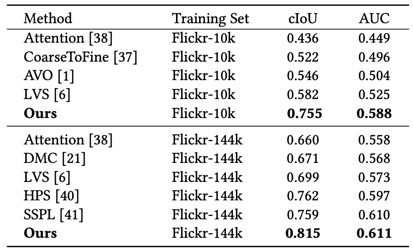
On both subset of Flickr-SoundNet, our proposed method outperforms current methods.
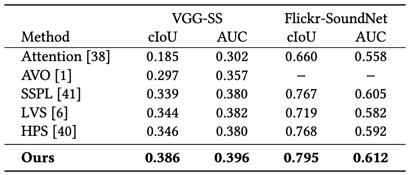
On VGGSound dataset, our proposed method outperforms current SOTAs by a significant margin.

Both approaches have experienced performance drop on unheard categories. However, our proposed model still maintains high localisation accuracy in this open set evaluation.
R2: Analysis of data transfomations

We perform the ablation study to show the usefulness of the data transfomations and the equivariance regularisation in the proposed framework.
R3: Audio retrieval and cross-modal retrieval

Our model trained on sound source localisation task has learnt powerful representations, which demonstrates strong retrieval performance comparable to supervised baseline (VGG-H).

Our model shows strong cross-modal retrieval performances which surpasses baseline models by a large margin.
Based on a template by Phillip Isola and Richard Zhang.